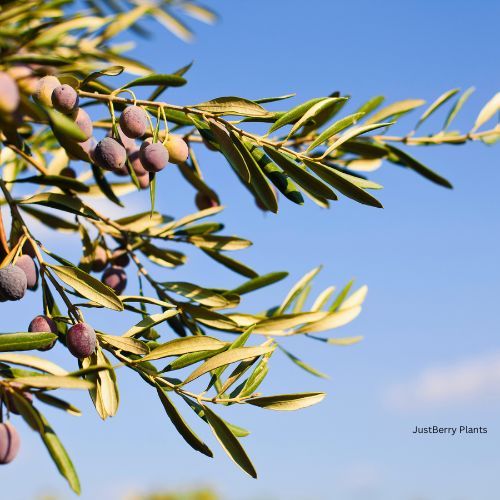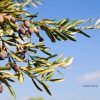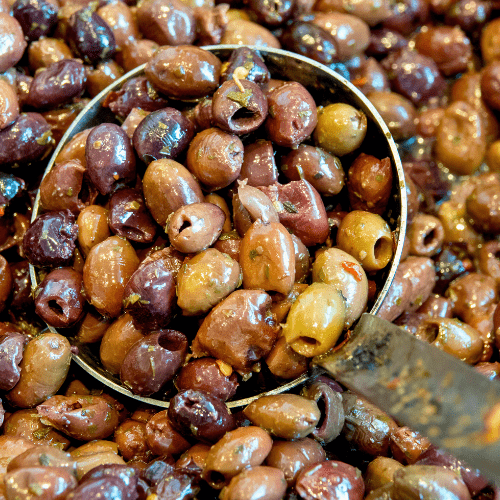Position
Full sun (at least 6–8 hours daily) Tolerates brief frosts (down to -6°C / 21°F) Generally requires 200–300 chill hours below 7°
Soil
Well-draining, sandy loam or loamy soils are ideal. pH 6.0–8.5 (alkaline-tolerant)
Excellent drainage is crucial; root rot is a risk in soggy soils. Superfrass is a natural, quality organic growth enhancer and pesticide. Packed with macro-elements (N, P, K) and micro-nutrients (Zn, Cu, etc.), which enable your plants to grow robustly. Use Superfrass when planting your apple tree.
Mulching
All plants and trees benefit from mulch. Good mulch helps to keep the roots moist and protected from harmful UV rays. Mulch also adds nutrients to feed the plant. Use pine bark mulch to maintain the soil’s pH and add organic matter to the soil.
It is essential to keep the mulch about 5 centimetres away from the stem. If it touches the plant, it may cause the branches to rot and get infected.
Watering
New plants require regular watering. Once mature and established, they are drought-tolerant and will only need to be watered once a month if it does not rain. If olive trees are planted in big pots, they require more watering.
Regular deep watering is beneficial for fruit production, especially in dry climates, but avoid overwatering.
Fertilising
Potted olive trees must be fertilised in spring and again in mid-summer. Never over-fertilise as this will encourage leaf growth but little fruit. Apply our all plant slow release fertiliser every 4-5 months and this will ensure it receives quality all round nutrients.
Pruning & Maintenance
Prune late winter or early spring before new growth starts. Shape the tree, remove dead/diseased wood, and improve air circulation. Minimal maintenance is required, but remove suckers and inner crossing branches. If uncontrolled, olive trees can grow up to 10 meters tall.
Pests & Diseases
Moderately resistant to olive fruit fly and verticillium wilt; sensitive to certain fungal diseases if not appropriately managed.
Diseases: Verticillium wilt, peacock spot, root rot. Prevention: Good airflow, clean pruning tools, avoid excess humidity.
Agricultural Neem Oil or Effective Microorganisms (EM Control ) will assist in either prevention or after the fact. If you already have aphids or mites, wash the tree down with a harsh hosing, and when dry, spray with Neem oil or EM Control.
Harvesting
Olives must either be put in brine or pressed to make oil within 3 days of harvesting. Otherwise, they turn sour. The oil content of olives reduces as the fruits ripen. To make Greek-style olives, pick mature purple fruits. Once in brine, they turn black.
All olives start out green, (can be picked and pickled green)






